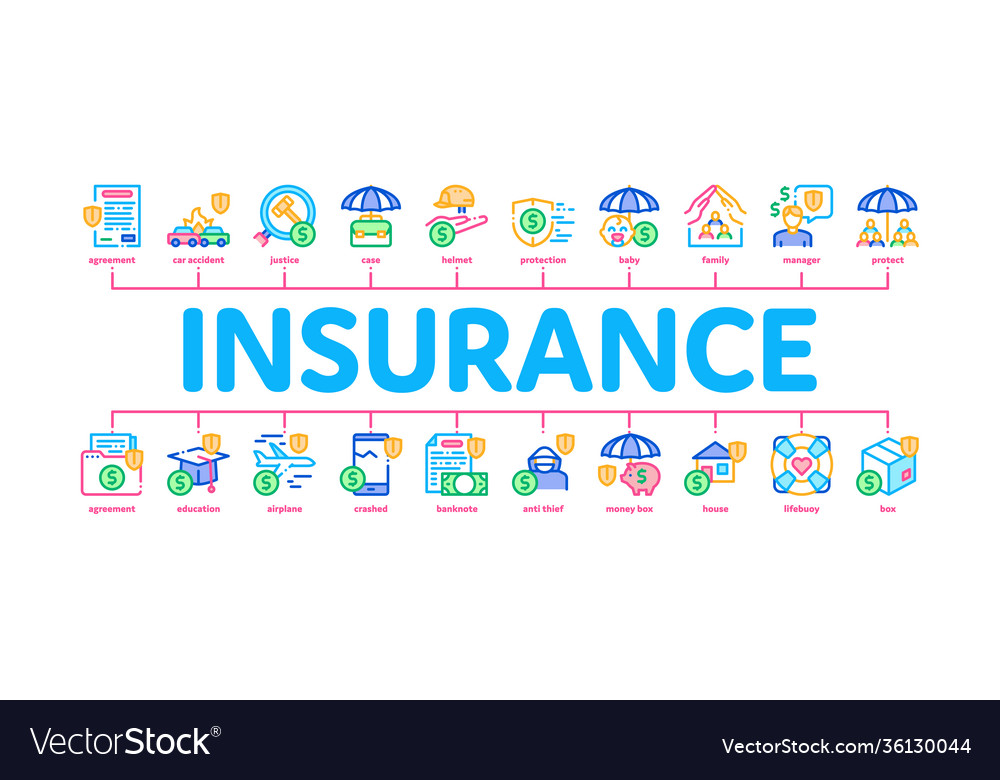The Basic Principles Of Pacific Prime
The Basic Principles Of Pacific Prime
Blog Article
Pacific Prime - The Facts
Table of ContentsThe Facts About Pacific Prime UncoveredGetting My Pacific Prime To WorkFacts About Pacific Prime RevealedThe Greatest Guide To Pacific PrimePacific Prime Can Be Fun For Anyone
:max_bytes(150000):strip_icc()/basics-to-help-you-understand-how-insurance-works-4783595_final-9cf74d5b66d14f88a21ab29ddb290e2d.png)
This is because the information were gathered for a period of solid financial performance. Of the estimated 42 million individuals who were without insurance, all but regarding 420,000 (about 1 percent) were under 65 years of age, the age at which most Americans end up being eligible for Medicare; 32 million were grownups in between ages 18 and 65, around 19 percent of all adults in this age group; and 10 million were youngsters under 18 years old, concerning 13.9 percent of all kids (Mills, 2000).
These price quotes of the number of persons uninsured are generated from the annual March Supplement to the Existing Population Study (CPS), conducted by the Demographics Bureau. Unless otherwise noted, national price quotes of individuals without medical insurance and percentages of the populace with different sort of protection are based on the CPS, one of the most extensively utilized source of price quotes of insurance protection and uninsurance rates.
Pacific Prime for Dummies

Still, the CPS is specifically useful since it generates yearly quotes reasonably promptly, reporting the previous year's insurance coverage approximates each September, and since it is the basis for a regular set of price quotes for greater than two decades, enabling evaluation of trends in insurance coverage in time. For these reasons, as well as the comprehensive use the CPS in various other research studies of insurance protection that are offered in this report, we rely upon CPS quotes, with limitations noted.

The quote of the number of uninsured people increases when a populace's insurance coverage standing is tracked for several years. Over a three-year period starting early in 1993, 72 million people, 29 percent of the united state population, lacked coverage for a minimum of one month. Within a single year (1994 ), 53 million individuals experienced at the very least a month without insurance coverage (Bennefield, 1998a)
6 out of every ten uninsured adults are themselves utilized. Working does enhance the chance that one and one's household members will have insurance policy, it is not an assurance. Even participants of households with 2 permanent wage earners have practically a one-in-ten chance of being uninsured (9.1 percent uninsured price) (Hoffman and Pohl, 2000).
Pacific Prime for Dummies
New immigrants account for a significant proportion of people without medical insurance. One evaluation has actually associated a substantial portion of the recent development in the dimension of the united state without insurance population to immigrants who showed up in the nation in between 1994 and 1998 (Camarota and Edwards, 2000). Recent immigrants (those who concerned the USA within the past 4 years) do have a high price of being without insurance (46 percent), but they and their kids represent just 6 percent of those without insurance country wide (Holahan et al., 2001).
The connection between medical insurance and accessibility to care is well developed, as recorded later in this chapter. The partnership between health and wellness insurance policy and wellness end results is neither direct neither simple, a comprehensive medical and wellness solutions research literature web links health and wellness insurance protection to enhanced accessibility to care, much better top quality, and boosted individual and population wellness status.
Levels of evaluation for analyzing the results of uninsurance. This conversation of medical insurance protection concentrates primarily on the U.S. populace under age 65 because basically all Americans 65 and older have Medicare or various other public protection. It focuses especially on those without any kind of health insurance coverage for any type of size of time.
Pacific Prime for Dummies
The troubles dealt with by the underinsured remain in some areas similar to those faced by the without insurance, although they are normally less extreme. expat insurance. Uninsurance and underinsurance, however, involve definitely different plan concerns, and the approaches for addressing them may differ. Throughout this study and the five reports to comply with, the primary emphasis gets on individuals with no wellness insurance and therefore no help in paying for health and wellness treatment past what is readily available with charity and security net organizations
Wellness insurance coverage is an effective variable impacting invoice of treatment because both patients and doctors react to the out-of-pocket price of services - https://www.openlearning.com/u/freddysmith-sba6sp/. Health and wellness insurance coverage, nevertheless, is neither essential neither sufficient to acquire access to medical services. Nevertheless, the independent and direct effect of health and wellness insurance policy coverage on accessibility to health solutions is well developed.
Others will certainly acquire the wellness care they require also without health and wellness insurance coverage, by paying for it out of pocket or seeking it from suppliers who provide treatment totally free or at extremely subsidized prices. For still others, medical insurance alone does not make certain receipt of treatment as a result of other nonfinancial obstacles, such as a lack of wellness treatment suppliers in visit the site their area, limited accessibility to transport, illiteracy, or linguistic and cultural differences.
What Does Pacific Prime Mean?
Official study about uninsured populations in the United States dates to the late 1920s and very early 1930s when the Board on the Cost of Treatment generated a series of records concerning financing medical professional workplace check outs and hospitalizations. This issue ended up being prominent as the varieties of clinically indigent climbed throughout the Great Clinical depression.
Report this page